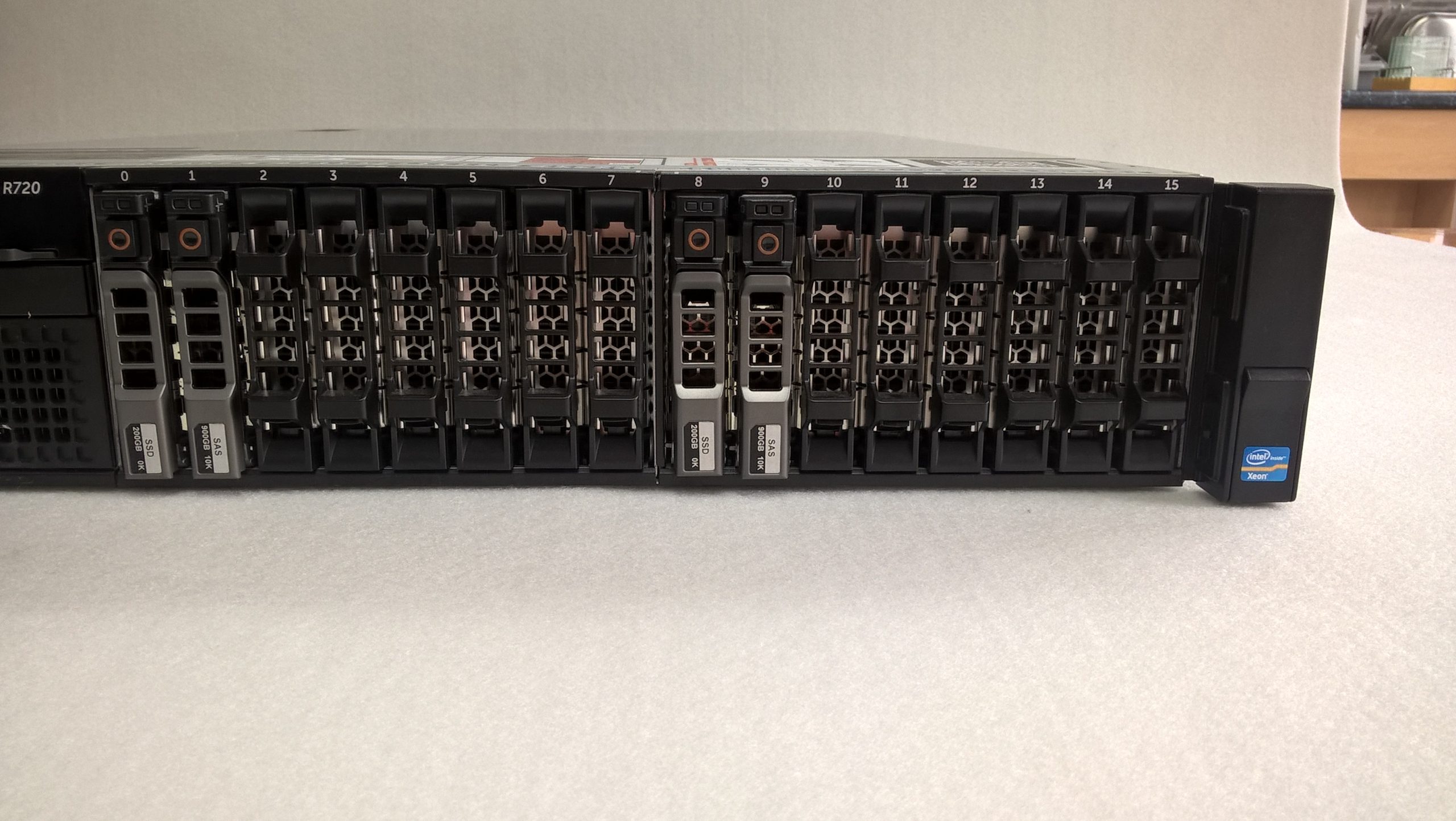Understanding the TLS Handshake: How Your Browser and Server Secure Your Connection 🔒
In today’s digital landscape, ensuring secure communication between your browser and the websites you visit is paramount. When you see that little padlock icon in your address bar, it signifies that a secure connection has been established through a process known as the TLS handshake. This blog post will delve into the intricate details of this process and highlight everything that occurs behind the scenes when you connect to a secure website.
To make the explanation clearer, you might find it helpful to reference an accompanying infographic that illustrates the various messages exchanged between your web browser (the Client) and the website’s server to initiate a secure TLS session.
The Essence of SSL/TLS
Before we dive into the handshake mechanics, it’s important to grasp the fundamental goals of SSL (Secure Sockets Layer) and TLS (Transport Layer Security):
- ✅ Authentication: Ensuring that the server is indeed who it claims to be.
- ✅ Session Key Establishment: Creating session keys to safeguard the data exchanged during the session.
With that said, let’s explore the key components of the TLS handshake.
Key Distinctions
Before we examine the handshake itself, we should clarify a common misconception: records and packets are not the same. Each “record” in the TLS handshake may be encapsulated within a “packet,” and sometimes, multiple records can fit into a single packet.
Additionally, it’s crucial to have a foundational understanding of certain cryptographic concepts such as:
- Hashing
- MACs and HMACs
- Encryption
Don’t worry if you’re unfamiliar with these terms; we won’t delve deeply into them here, but feel free to explore them further through various educational resources.
Step 1: The Client Hello
The TLS handshake begins with the Client sending a message known as the Client Hello. This message includes several critical fields:
- SSL Version
- Random Number
- Session ID
- Cipher Suites
- Extensions
Each of these components plays a vital role in the handshake’s overall success.
1. SSL Version
The Client communicates the highest version of SSL it supports, such as TLS 1.2 or 1.3. The server will respond similarly, and both parties will then agree upon the highest mutually supported version.
2. Random Number
The Client contributes a 32-byte random number to add entropy
Share this content:




If you’re experiencing issues with establishing a secure TLS connection, here are some steps you can take to troubleshoot and improve your setup: